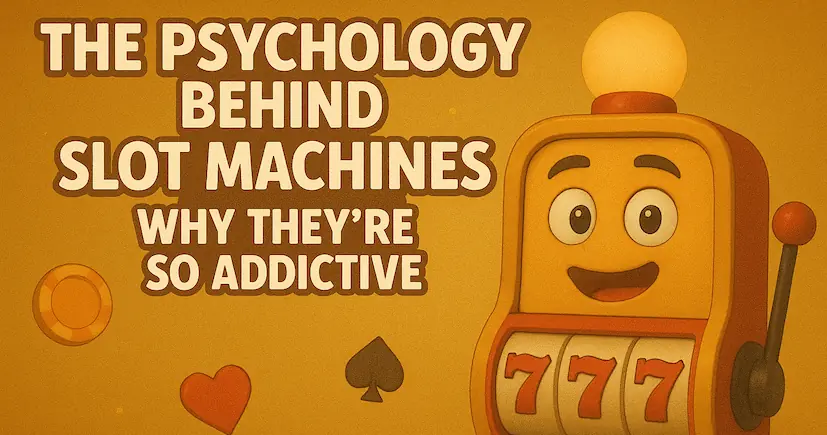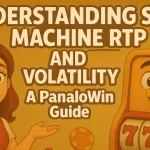Table of Contents
Toggle
Slot machines have become deeply integrated into our lives, appearing in person and virtually, and even in our fantasies. Their promise of easy rewards draws in and captivates the attention of millions.
However, behind the flashy aesthetics is a ruthless system designed to keep players engaged and addicted to playing.
1. The Impact of Seeing Rewards

Dopamine is the brain’s “feel-good” chemical. Even perceived losses such as winning a lesser amount than what is staked, or what is described as LDWs or Losses Disguised as Wins. The brain still rewards you with the chemical dopamine if the frivolous losses are around the claimed celebrations.
2. Near-Misses and the Illusion of Control
Have you ever seen two jackpot symbols align, only for the third to miss by one? That’s a classic near-miss. Though it’s still a loss, your brain interprets it as “almost-win”—which activates reward circuits almost as much as an actual win. That amps up the urge to play again.
Add to that the feeling of control—pressing “stop” on the reels, choosing paylines, or spinning at a certain moment—and players often believe they can influence the outcome. In truth, a Random Number Generator (RNG) decides everything instantly; no amount of pressing or timing changes the odds. Yet that illusion of control keeps players engaged.
3. Sensory Overload: Lights, Sounds & Immersion
The environment deepens the effect. In physical casinos, there are no clocks, no windows—just continuous stimulation to blur your sense of time Gateway Foundation. Online slots replicate this immersion with nonstop sound and visual feedback, keeping you locked into the gameplay loop.
4. The Compulsion Loop

Eventually, the sore loser’s brain wants the anticipation even more than the reward. Those skewed reasoning make no difference to the players, and regardless of the situation, the players are bound to make the same illogical choices.
5. Evolutionary Drivers and Social Reinforcement
Evolutionarily, humans are known to look for rewards and take risks. Our ancestors benefitted from persisting in systems with indefinite rewards, achieving success from time to time, and therefore, our brain is systems to chase indefinite rewards. Modern slot machines prey on humans craving stimulus and reward. Casinos also boost the social aspect. Players are exposed to winning jingles, watching people celebrate huge payouts, and sharing entertaining slot stories on social media.
6. How to Play Smart—and Stay in Control
Establish strict boundaries: Determine the time and money you are willing to lose before beginning. Understand the volatility & RTP: Lower volatility machines tend to reward smaller wins more frequently, while high volatility machines are the opposite. RTP, or Return to Player, is the average payout over time. Do not pursue or flee “losses”: Walk away if you have exceeded your set budget. Take breaks: Gain a fresh perspective and avoid becoming trapped in a compulsive cycle. Stay vigilant for warning signs: Reach out for help if you avoid responsibilities, borrow money to play, or feel out of control.
Conclusion

More









